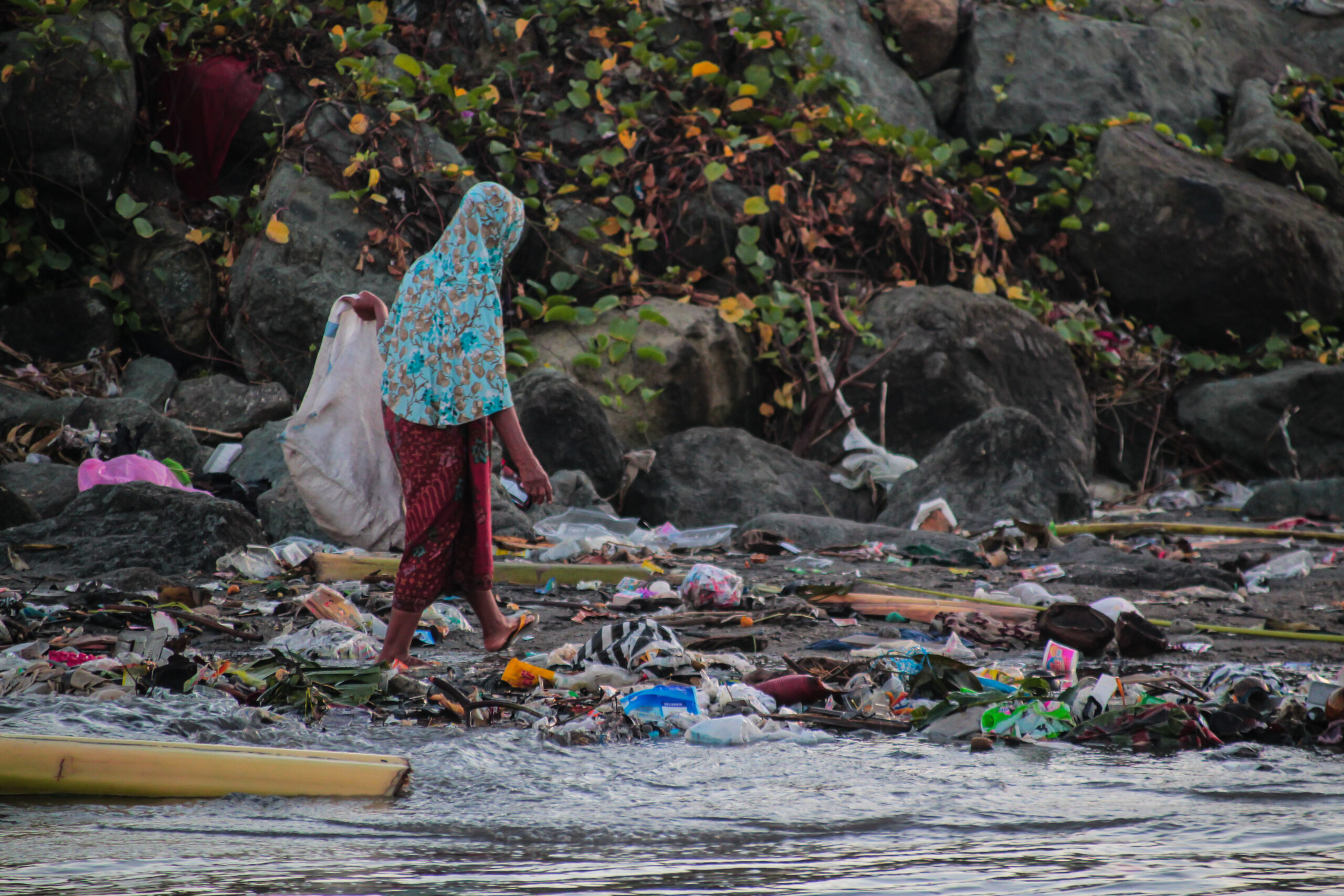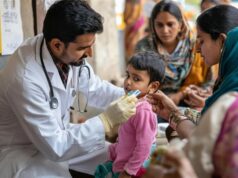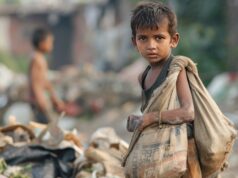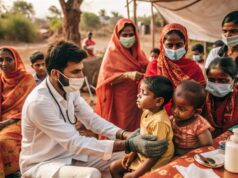
Across the country, diabetes, heart disease, cancer, and other non-communicable diseases (NCDs) are striking workers in their prime. The cost is counted not only in medical bills or lost workdays, but in children’s education plans postponed, nutrition compromised, and wealth-building opportunities erased. A health crisis that once seemed the concern of the elderly is now eroding India’s economic potential and, quietly, its future generations’ upward mobility.
The scale is staggering. The World Economic Forum estimates India will lose $4.58 trillion between 2012 and 2030 due to NCDs and mental health conditions, a massive dent in the nation’s growth potential1. This figure is more than just a number in a report as it represents foregone productivity, eroded household savings, and shrinking talent pipelines.
NCD burden and financial strain
According to the WHO, NCDs cause 63% of all deaths in India with 27% from cardiovascular diseases, 9% from cancer, 3% from diabetes, and 11% from chronic respiratory diseases. Even more telling is the surge in disability-adjusted life years (DALYs) lost to NCDs: from 30.5% in 1990 to 55.4% in 20162. That means not just more people dying, but more living with chronic conditions that sap energy, reduce capacity to work, and increase dependency. This is a signal that the nation’s working-age engine is running at half-power.
Households are paying this price and often literally. Between 1995-96 and 2004, the share of household health spending caused by NCDs grew from about one-third (31.6%) to nearly half (47.3%). In both years, families paid most of these costs with around 40–60% from their own income or savings. Hospitalisation for cancer carried nearly 170% higher odds of catastrophic expenditure compared to communicable diseases, while cardiovascular disease and injuries raised the odds by 22%3. On average, families managing NCDs face double the treatment costs of other households4. Once a family’s savings are drained to keep one member alive, long-term investments such as education, home ownership, business capital vanish.
Illness arrives early and stays longer
The problem isn’t just that NCDs are deadly, it’s that they’re arriving younger. A study has shown that NCD such as cardiovascular diseases strike Indians almost a decade earlier than their counterparts in developed nations5. Many conditions appear by age 40, with many employees seeking mental health support and some even considering quitting due to burnout. This early onset has a multiplier effect: more years of treatment costs, longer periods of reduced earning capacity, and fewer peak productivity years to accumulate savings. That lost earning power often means less inheritance or financial cushion for children which is an invisible but very real generational impact.
While many reports focus on present-day costs, the true economic toll is intergenerational. The mechanisms are straightforward but devastating:
- Reduced parental income means less spending on children’s nutrition, schooling, and skill development.
- Debt from medical costs may lead to assets sold, land lost, or savings depleted, narrowing the next generation’s economic starting point.
- Early parental death or disability leads to loss of both financial support and intergenerational knowledge transfer.
Over decades, these small hits accumulate into structural disadvantages, widening inequality and limiting economic mobility.
Policy changes required
India’s public health framework has historically been oriented toward infectious diseases, leaving NCDs under-prioritised despite their growing share of the national disease burden. Current public health spending is roughly 1.9% of GDP, which is still short of the 2.5% target2. This underinvestment forces households to shoulder most of the treatment costs, often through savings depletion or borrowing, which in turn fuels cycles of debt and poverty. Public insurance schemes such as Ayushman Bharat have made significant strides in reducing hospitalisation costs for low-income families, but major gaps remain particularly for outpatient care, diagnostics, and long-term medication management, which make up the bulk of NCD expenses.
A forward-looking NCD policy must address three structural issues: early detection, financial protection, and long-term disease management. Early detection requires integrating NCD screening into primary care and workplace health programmes, especially given the trend toward earlier onset of chronic illnesses.
Financial protection demands expanding insurance to cover outpatient visits, medicines, and diagnostics, which are currently excluded from many schemes. Long-term management, meanwhile, calls for a shift from hospital-centric treatment to community-based care models that are more affordable and accessible. By pairing these reforms with investments in nutrition, physical activity infrastructure, and anti-tobacco and alcohol measures, India can slow the NCD tide.
Break the cycle
India’s NCD crisis is not just a health problem. It’s an economic and social time bomb. The projected $4.58 trillion loss is just the visible surface; beneath it lies the submerged cost of diminished opportunity for future generations. Breaking the cycle requires urgent, coordinated action:
- Invest in prevention and primary care, with early screenings in workplaces and communities.
- Cover outpatient and diagnostic costs under public insurance schemes to prevent catastrophic expenditure.
- Raise public health spending with a defined allocation for NCD control.
- Improve maternal and child nutrition, tackling the roots of adult disease early.
- Embed wellness programmes into workplaces to catch risks before they spiral.
The choice is stark. Act now and preserve both present productivity and future prosperity, or watch the nation’s economic engine slow not just for this generation, but the next.
[1] https://www.weforum.org/publications/economics-non-communicable-diseases-india/
[2] https://pmc.ncbi.nlm.nih.gov/articles/PMC8664228/
[3] https://globalizationandhealth.biomedcentral.com/articles/10.1186/1744-8603-8-9
[4] https://pmc.ncbi.nlm.nih.gov/articles/PMC8664228/





